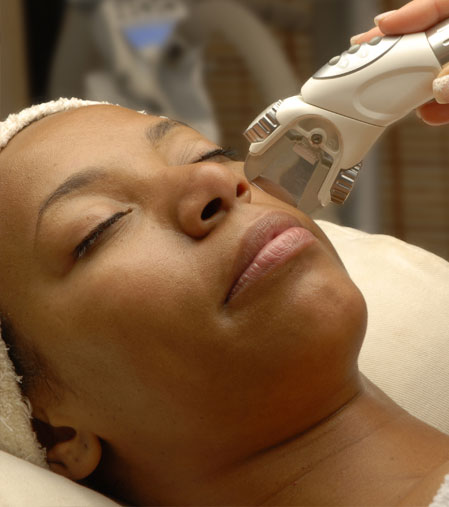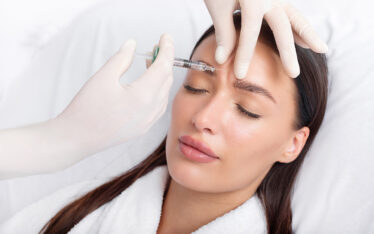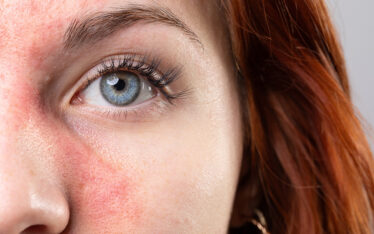Navigating Actinic Keratosis

Are you over 40 years of age with light skin tone and a history of unprotected sun exposure? Then you are at risk of developing the most common form of precancerous skin lesions known as actinic keratoses. These are pink, rough textured bumps, with yellow scales that typically present on the face, scalp, chest, arms, and hands.
Identifying Actinic Keratosis: Symptoms and Risk of Cancer Transformation
They have a 5-10% chance of transformation to a malignant squamous cell carcinoma if not properly treated. Pain, oozing, and bleeding with minimal trauma may suggest that a transformation has occurred and warrants a biopsy ASAP.
Treatment Options for Actinic Keratosis
So how do we treat these and prevent skin cancer transformation? Treatment can be directed at individual lesions with cryotherapy (liquid nitrogen), and a shave excision. This type of treatment is best for those that have minimal lesions.
Choosing the Right Treatment: Individual vs. Field Therapies
When several lesions exist, it is often best to treat with field therapy. Field therapies that we commonly use in practice include a patient applied topical chemotherapy or immunotherapy. An alternative field therapy option is a provider applied medium depth chemical peel. There are benefits and risks to each of these treatments and your provider will determine which option is best for you. Fall is the perfect time to start treatment as minimized sun exposure both before and after treatment is required for best results.
Preventing Actinic Keratosis
Can we prevent the development of actinic keratosis in the first place? YES! The number 1 best practice for prevention is sun protection. A mineral based SPF of 30+ applied to sun-exposed areas daily, wide brimmed hats, and UPF rated sun protective clothing will all provide excellent protection.
Topical and oral retinoids may also reduce the number of actinic keratoses compared to baseline and can be prescribed for high risk patients.
Katelyn Krueger, PA-C
Source: Habif’s Clinical Dermatology 7th edition. James G.H. Dinulos


